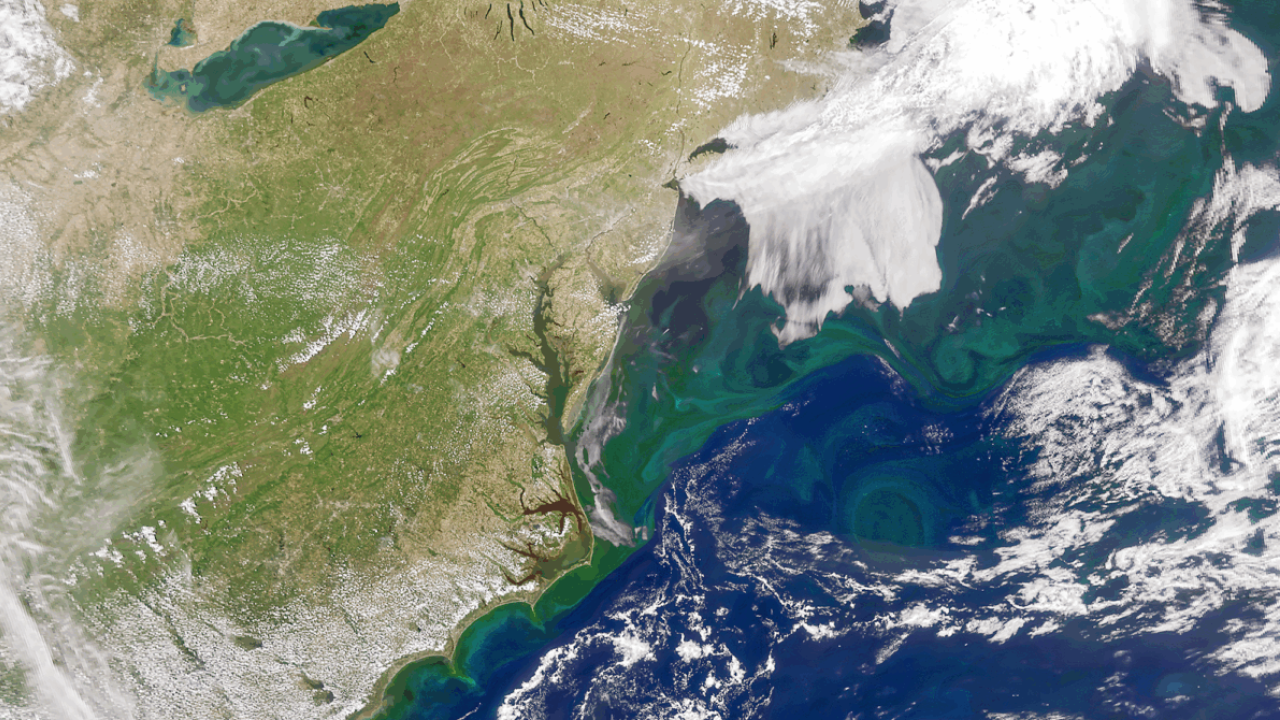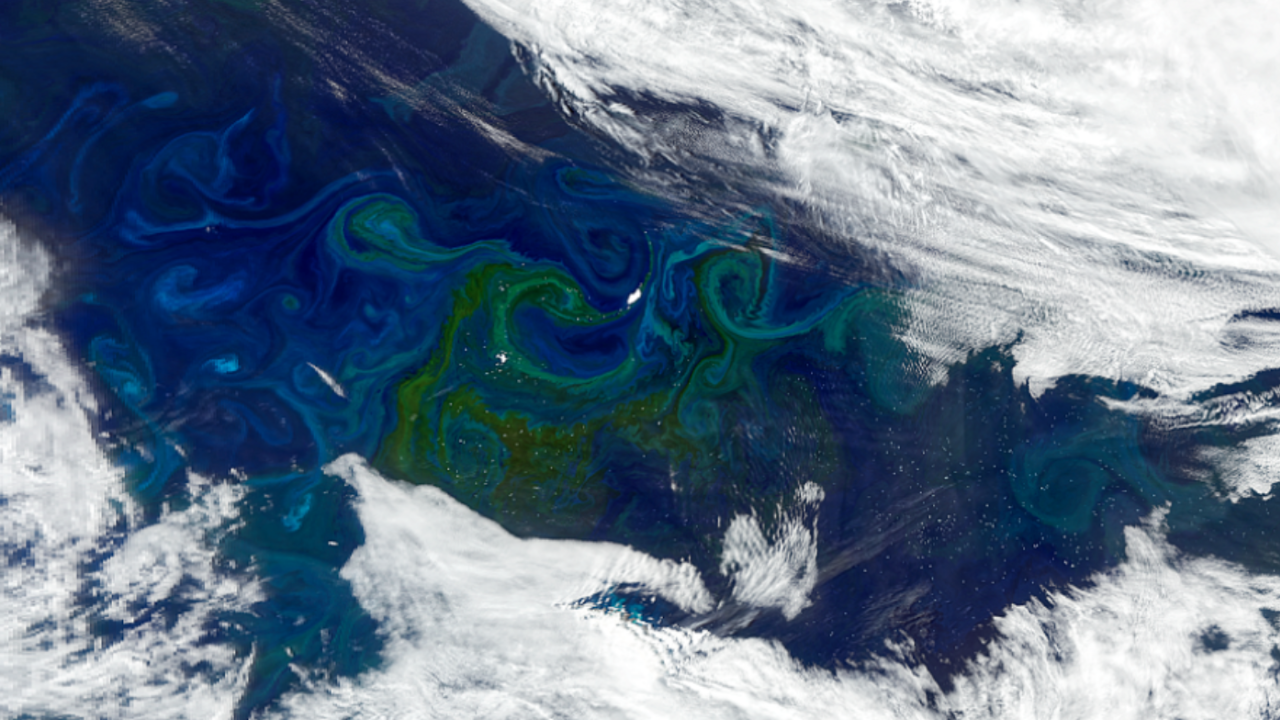The Plankton, Aerosol, Cloud, ocean Ecosystem Postlaunch Airborne eXperiment (PACE-PAX) is a September, 2024, field campaign to gather data for the validation of the recently launched PACE mission. The operational area is Southern and Central California and nearby coastal regions. 84 flight hours are planned for NASA ER-2 operating out of the NASA Armstrong Flight Research Center and 60 for the CIRPAS Twin Otter flying out of Marina Municipal Airport. A NOAA vessel, the R/V Shearwater, will operate out of Santa Barbara. Flights will be coordinated between the aircraft, with PACE overflights, and with surface based observations including from the R/V Shearwater and other vessels and floats. A secondary objective is validation of observations by the recently launched ESA EarthCARE mission. Data will be made available within six months following the conclusion of the campaign.
More details are in our white paper and website.
PACE-PAX validation objectives |
1. Validate new PACE and EarthCARE products |
2. Provide sufficient data to validate narrow swath orbital observations |
3. Validate radiometric and polarimetric properties |
4. Focus on specific processes or phenomena |
Deputy Mission Scientist: Brian Cairns (NASA GISS)
Deputy Mission Scientist: Ivona Cetinić (NASA GSFC)
Project Manager: Sommer Nicholas (NASA ARC)
Deputy Project Manager: Judy Alfter (NASA ARC)
PACE Deputy Project Scientist: Brian Cairns (NASA GISS)
PACE Deputy Project Scientist: Antonio Mannino (NASA GSFC)
PACE Program Scientist: Laura Lorenzoni (NASA Headquarters)
PACE Deputy Program Scientist: Hal Maring (NASA Headquarters)
PACE Applications Program Lead: Woody Turner (NASA Headquarters)












